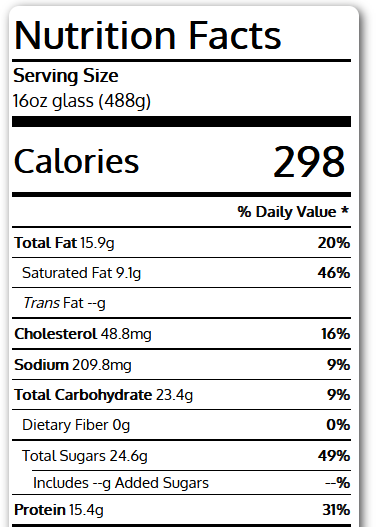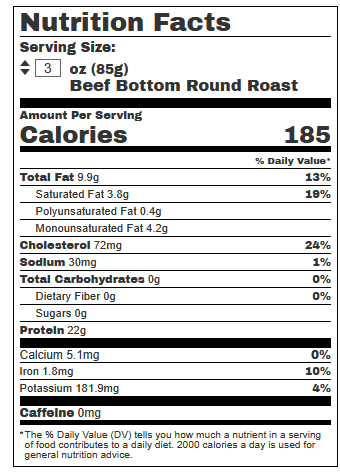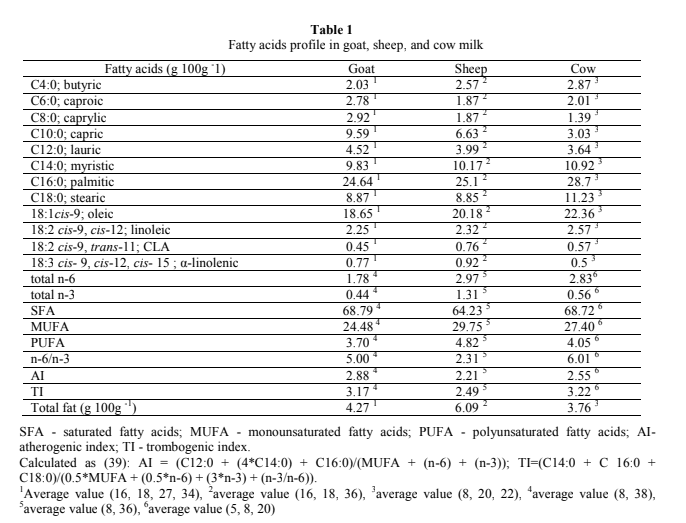Yogurt is not naturally low fat. The low fat yogurt is because they are using low fat milk to culture into yogurt. Goat milk is naturally homogenized, so the fat doesn’t separate out like in cow milk. Hence, it is not easy to get the fat out of goat milk. All goat milk I know of is full fat for this reason. Goat milk has a little less fat than cow milk and a little more protein. Obviously I make my goat yogurt with whole goat milk.
Goat milk actually tastes pretty good if they are fed grass, hay and grains. If they eat weeds, etc, the milk tends to take on a rather strong taste I don’t care for.



 I am quite fine with the normal 2.8% milk from the supermarket too, some brands are tastier than others but all are good. It’s fortunate I am not super choosy, I say this in general as my milk consumption isn’t really big. If one goes for a proper shopping once per month, there are limits. I am glad if I can store 3 liters of milk in my fridge and part of it isn’t for me. But it’s fine, milk is low protein so not a great item for me. But quite pleasant here and then.
I am quite fine with the normal 2.8% milk from the supermarket too, some brands are tastier than others but all are good. It’s fortunate I am not super choosy, I say this in general as my milk consumption isn’t really big. If one goes for a proper shopping once per month, there are limits. I am glad if I can store 3 liters of milk in my fridge and part of it isn’t for me. But it’s fine, milk is low protein so not a great item for me. But quite pleasant here and then.

